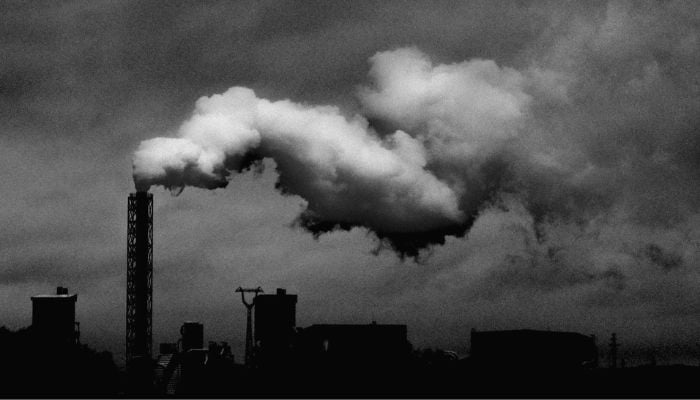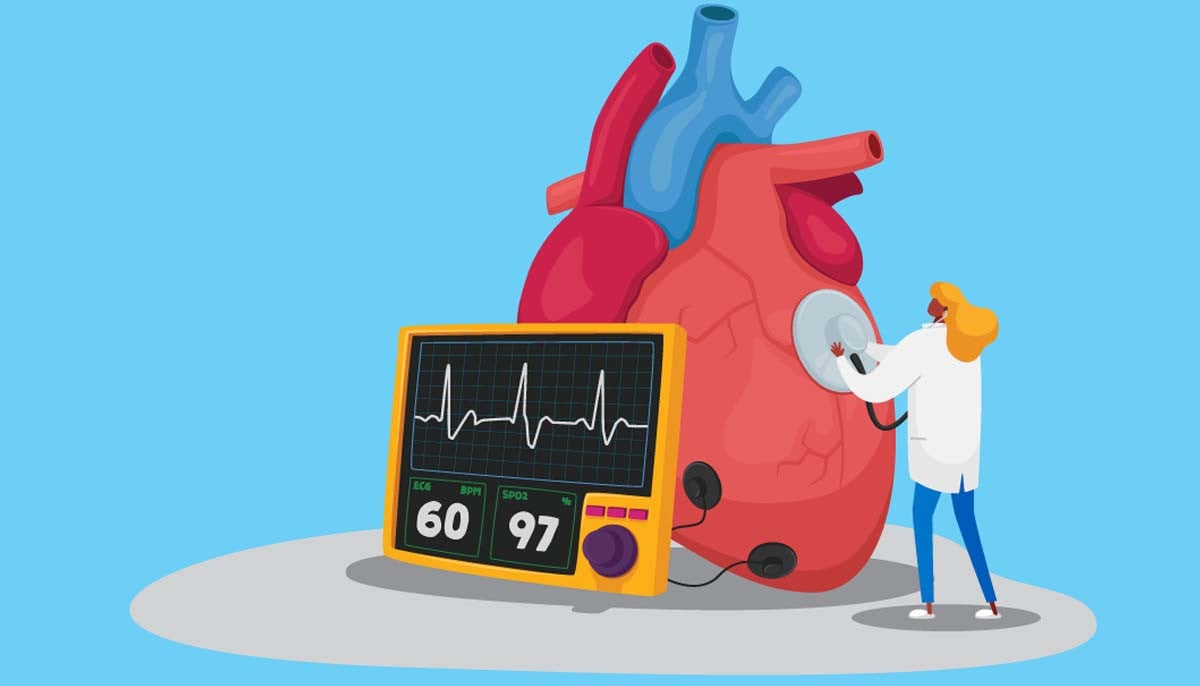'Earth has no safe place for protection against air pollution'
Fine particulate matter (PM2.5), which is less than half width of a human hair, enters bloodstream through lungs and causes inflammation
Almost no place on Earth is safe from hazardous levels of air pollution, according to a recent study. Just 0.001% of the world's population, according to Australian researchers, resides in regions where levels are below the ones advised by the World Health Organisation. The main environmental risk factor for the disease is toxic pollution from industry and traffic.
Fine particulate matter (PM2.5), which is less than half the width of a human hair, enters the bloodstream through the lungs and causes inflammation. The first research of its kind also reveals that 0.18% of the world's geographical area still falls within acceptable bounds.
“It provides a deep understanding of the current state of outdoor air pollution and its impacts on human health. With this information, policymakers, public health officials, and researchers can better assess the short-term and long-term health effects of air pollution and develop air pollution mitigation strategies,” said lead author Professor Yuming Guo of Monash University in a media release.
The international team of researchers studied PM2.5 emissions from road dust, wood smoke, brake pads, and tyres. According to WHO recommendations, these concentrations shouldn't be more than 15 micrograms per cubic metre. Throughout the past two decades, concentration variations have been mapped globally by Professor Guo and his team.
The findings close a critical hole in the field of pollution studies. There aren't enough monitoring stations in the world, therefore data on local, national, regional, and worldwide exposure is inadequate. The conclusions are supported by data from satellite-based weather and pollution scanners, as well as AI neural networks and air quality assessments.
The average yearly PM2.5 concentration for the research period was 32.8 g/m3, which is more than double the allowed level. In contrast to southern Asia, Australia, New Zealand, South America, and the Caribbean, high exposure days decreased in Europe and the United States.
Eastern Asia (50.0 g/m3), Southern Asia (37.2 g/m3), and northern Africa (30.1 g/m3) had the greatest amounts. Also found in the investigation, which was published in The Lancet Planetary Health, were concerning seasonal patterns. For instance, during their winter months of December, January, and February, Northeast China and North India had dangerous levels, whereas the summer months of June, July, and August were the worst for eastern parts of northern America.
The lowest yearly amounts of air pollution were in South America (15.6), other parts of Oceania (12.6), Australia and New Zealand (8.5 g/m3), and other parts of Oceania. According to a recent study, even exposure to PM2.5 at levels of 12.0-to-13.9 g/m3 increases the chance of dying from cardiovascular disease by 16%.
US scientists demanded a new minimum limit of eight g/m3.
An estimated 1.8 million individuals die from air pollution worldwide each year. Moreover, it is the cause of almost two million occurrences of childhood asthma. The International Agency for Research on Cancer designated PM2.5s as a carcinogen in 2013.
-
Relieve eczema symptoms this winter with simple steps
-
New hope for people with obesity as failed drug offers cure
-
New drug shows promise in lowering dangerous blood fats
-
New research finds back pain may disrupt men’s sleep quality later in life
-
Do you have depression or is it just Monday blues? Find out where science stands
-
Air pollution may play a role in prostate cancer risk, experts warn
-
Type 2 diabetes hidden trigger in daily food revealed
-
Find out how you can avoid diabetes at your home












